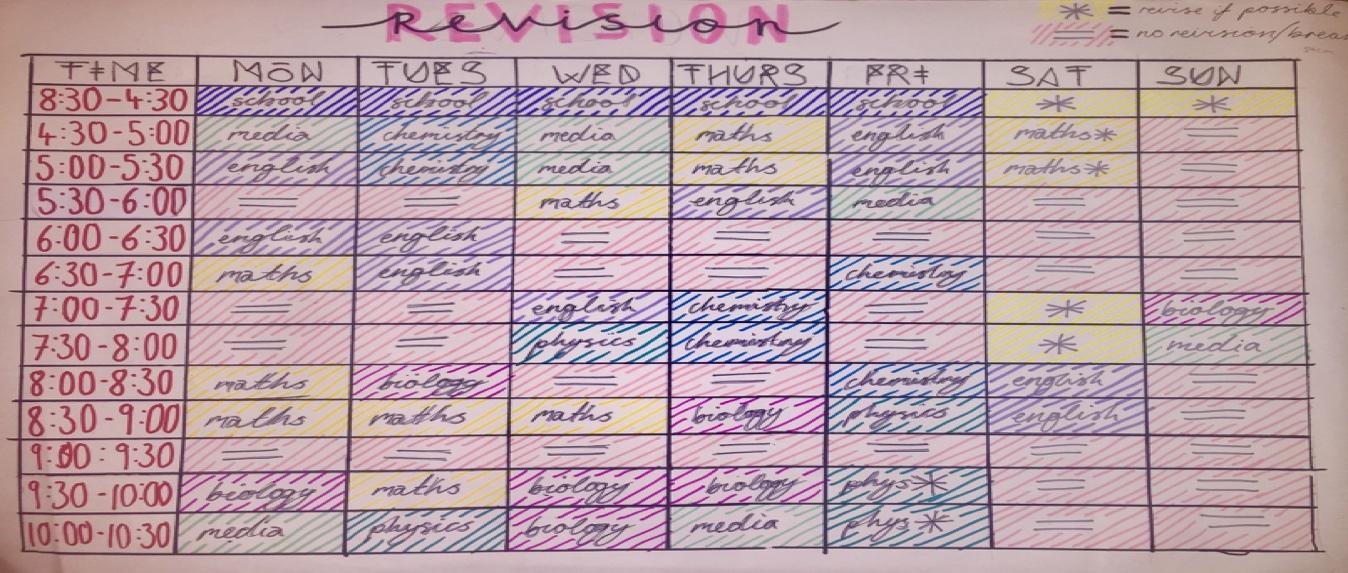Educators are always looking to use the latest research to improve their teaching practice. Studies in the field of behavioural science have provided several breakthroughs in how we understand human behaviour, and researchers are now applying their understanding to the world of education. Here are 3 tips for using Behavioural Science in your teaching.
1] Make key information more salient
The Salience Bias occurs when individuals focus on prominent information and ignore less striking items. When you are presenting information to your students, this can be used to your advantage by making key content stand out to ensure that it is processed.
A study found that Salience Bias was more likely to occur when participants were experiencing high cognitive load.
In your teaching, this means that you should be particularly aware of the Salience Bias when teaching complex topics for the first time to your students: In your presentation and handouts, the key information should be prominent and stand out from the other text.
This will allow students to process it first and give them a better chance of transferring this learning to their long-term memory.
Look at the below two pictures; which one can be read better? Always remember, it doesn't matter how much information you put on the slides, if nobody is going to read it.

2] Get your students to commit to their success
A significant factor in students’ recall of information is the amount of time that they are willing to put in to prepare for exams. By using the Commitment Bias, you can make it more likely that your students will invest the necessary hours to review all of your course’s content.
The Commitment Bias suggests that once we have made a public pledge to achieve something, we are much more likely to reach this target.
A Stanford University study found that 50% of gym users were successful in achieving their goals when they had signed a contract and shown it to others, committing them to a greater number of exercise sessions.
The implication for teaching is clear: get your students to sign up to a manageable revision target (or create a revision timetable with them) and ask them to publicly display this pledge, and they are more likely to spend longer studying for their exams.
A picture below shows the application of commitment devices in schools and universities, however the fundamental method of using it anywhere remains the same.

3] Reduce Optimism Bias
Optimism Bias occurs when people believe that they are less likely to experience a negative event than others. In education, a student may not think that they will fail an exam, and will study less as a result.
Research from Yale University suggests that you can reduce your students’ Optimism Bias by framing their future exam performance in terms of loss (“You could miss out on a top degree”) rather than gain (“You could get a Distinction”). This works as your students are loss averse – they feel the pain of loss about twice as much as the joy of success – and they are more likely to study if their work is framed in these terms.
Conclusion
Teaching effectively is a skill that needs to be constantly updated using the latest scientific understanding. If you use these cutting-edge Behavioural Science tips to inform your teaching then you will improve your students’ learning. If you are looking for further inspiration, why not come along to one of our Cowry Academy workshops, where we put these techniques into action?